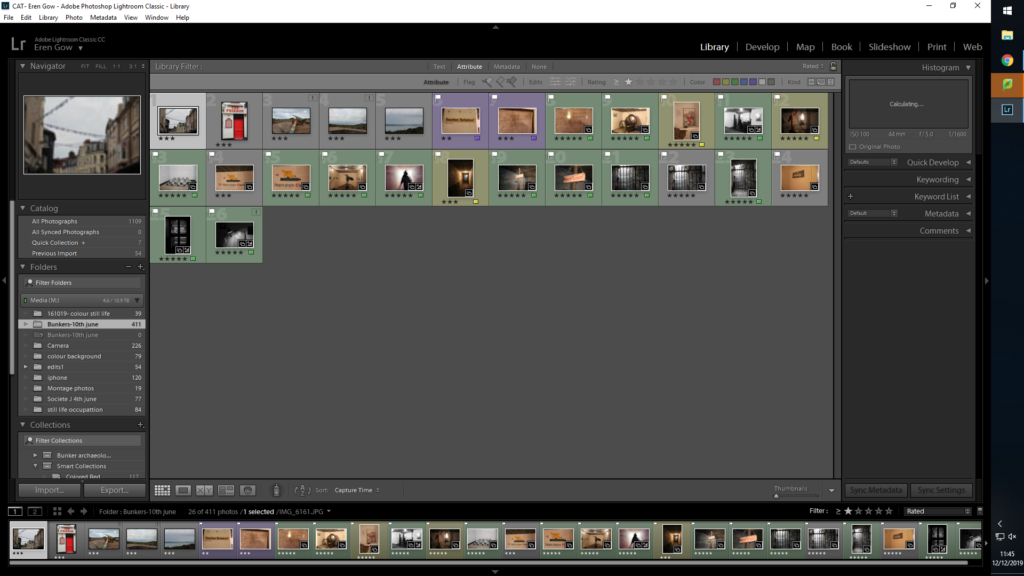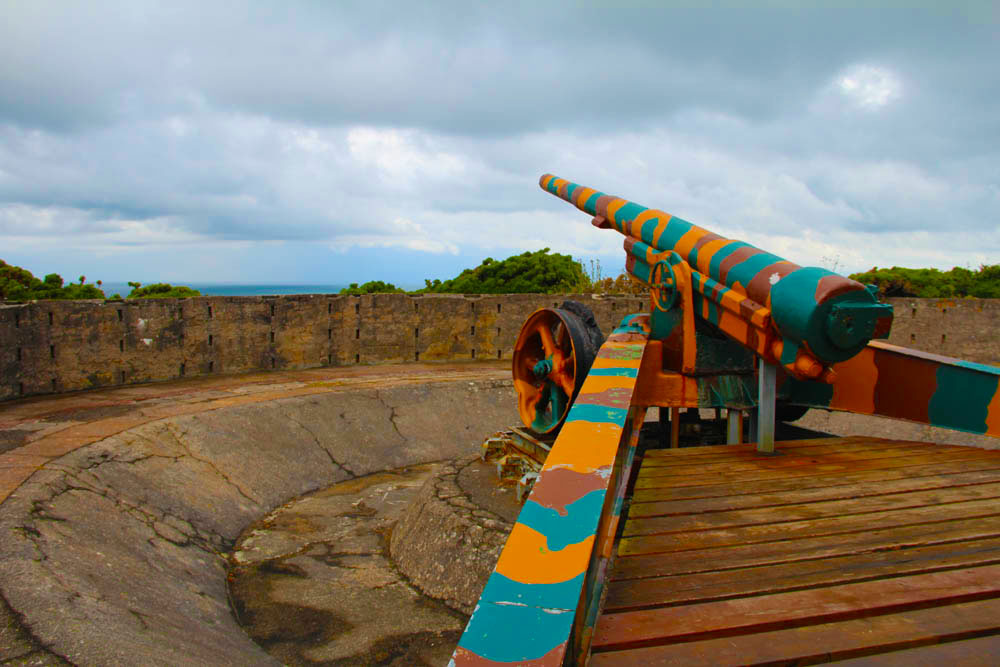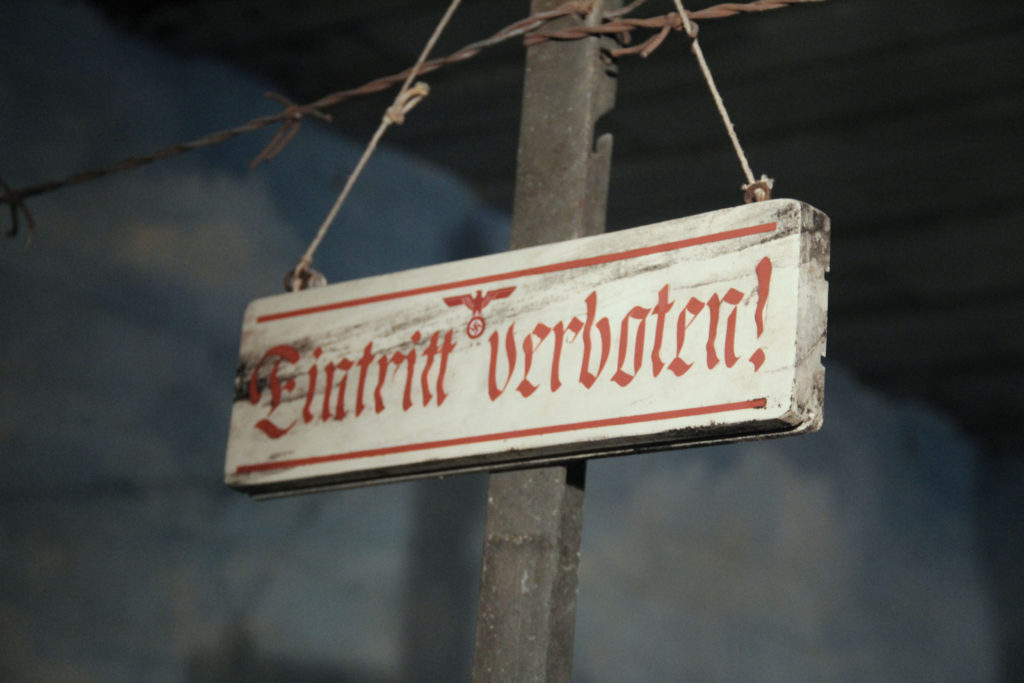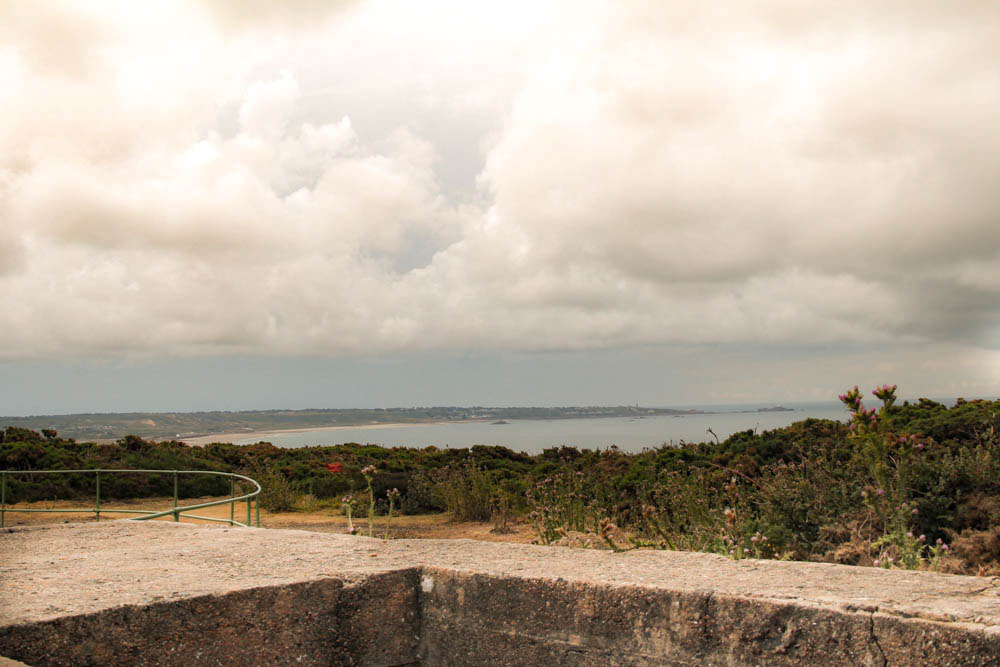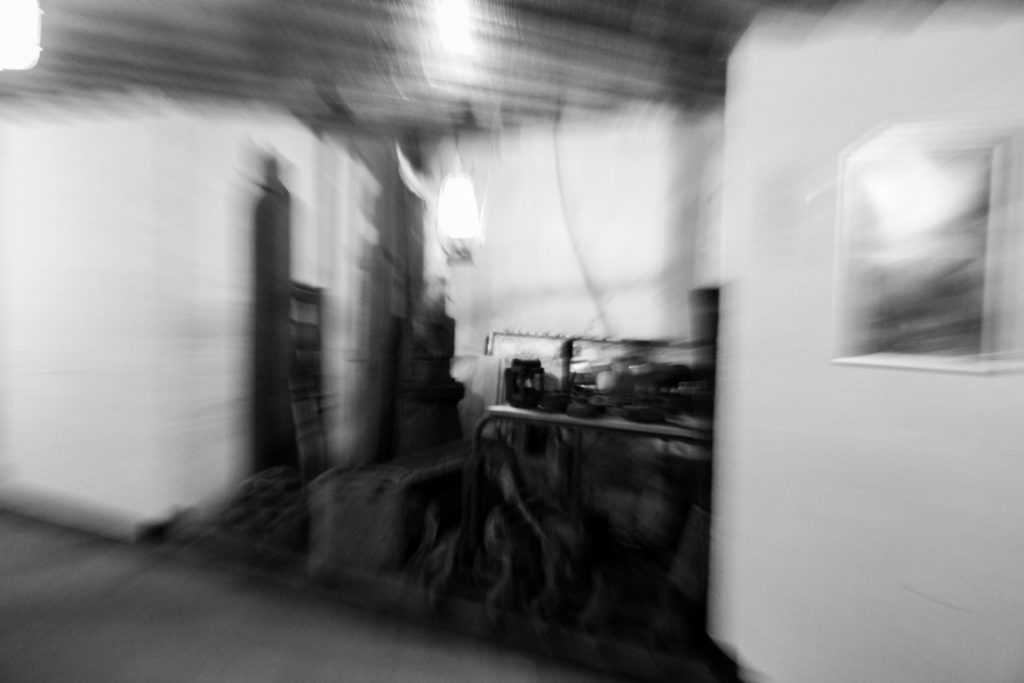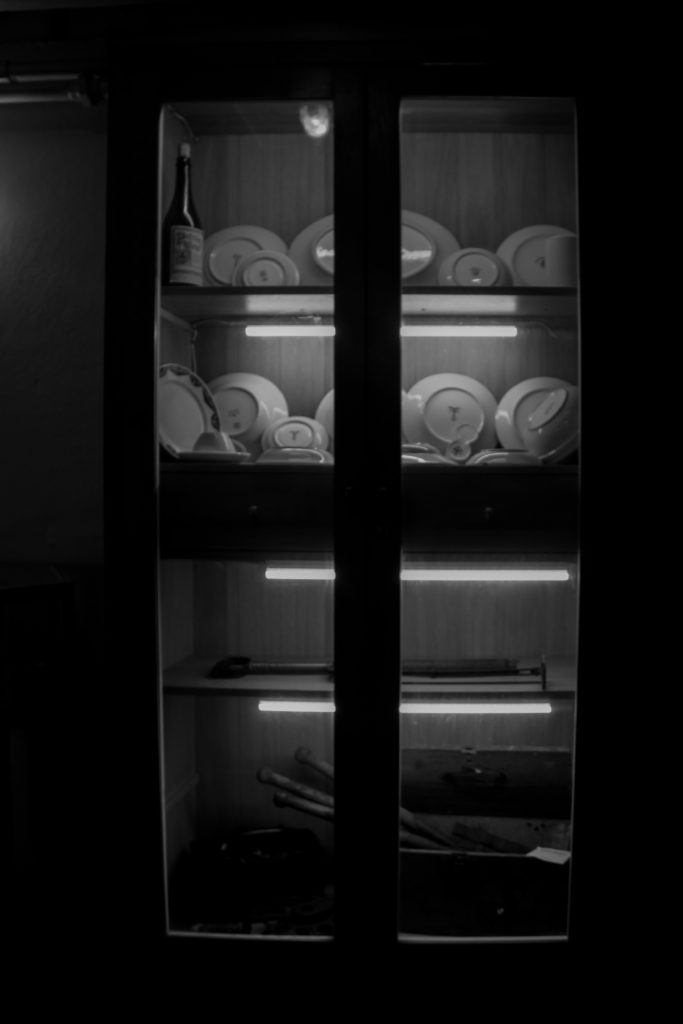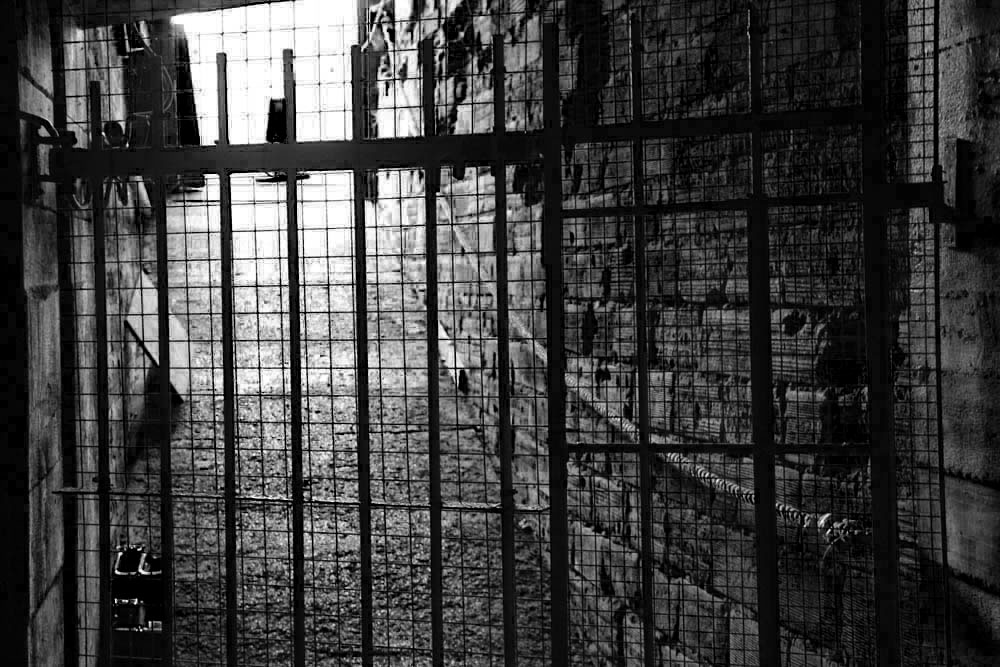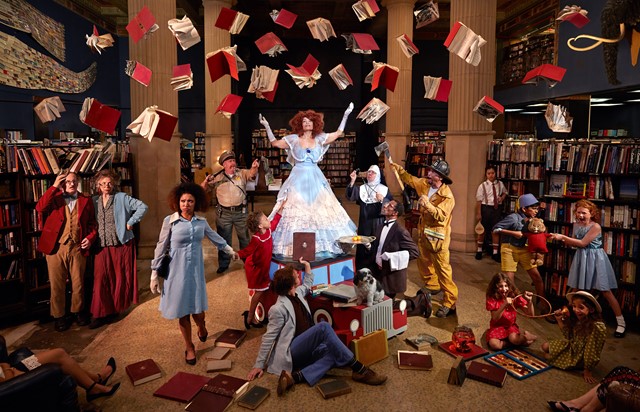What is a photomontage?
A photomontage is the process and ending result of producing a composite of photographs this is done by cutting, gluing, rearranging, distorting and overlapping multiple images to make a final new piece that could aid a completely different meaning or experience.
After getting a better understanding and experience with photomontages from previous work done, I decided to create new versions of my Occupational themed images to create montages that would help aid my project. Initially I selected my favourite images and those that I thought would work best in this situation in order to produce the best combined images possible; I selected these images from shoot that I produced from the war tunnels, St Quens bunkers and archival photos which showed a different point of view and highlights a clear comparison between archival and my own images. I started by printing out my main images that i wanted to incorporate within my montages , then laid them out on a plain white table and matched the images together and decided which parts of with images would be put together. After finally deciding what i wanted to create i used scissors, cutting board and a cutting knife to carve my photos together, then stuck them on to each other to create my final pieces. These were my final four images:
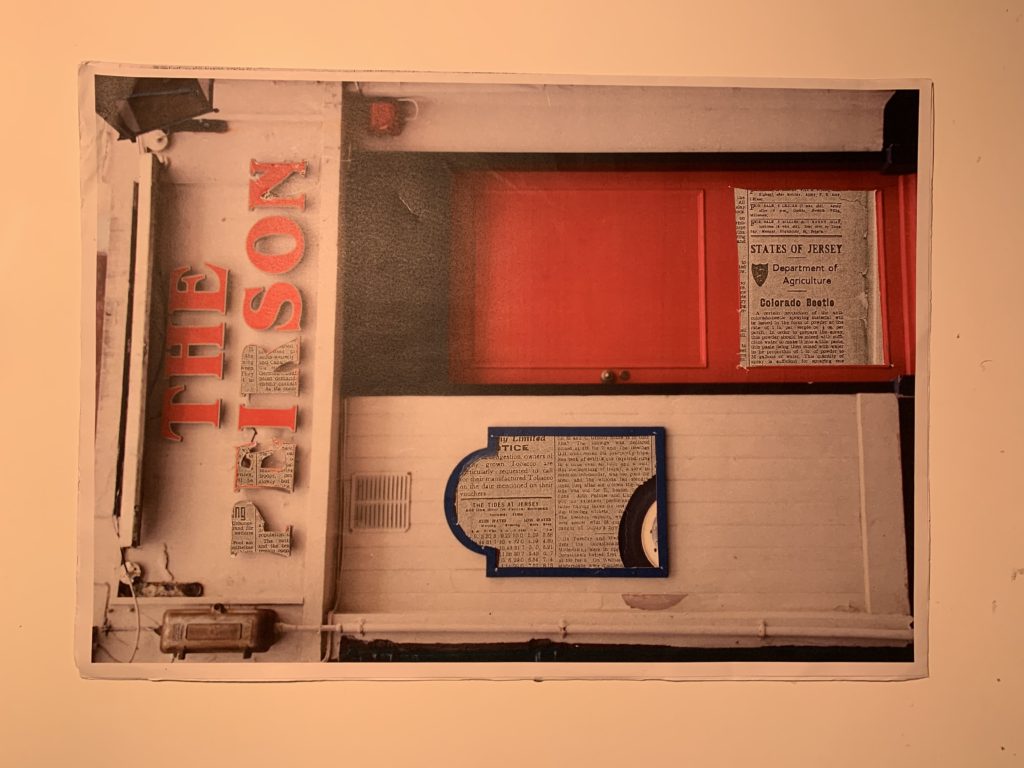
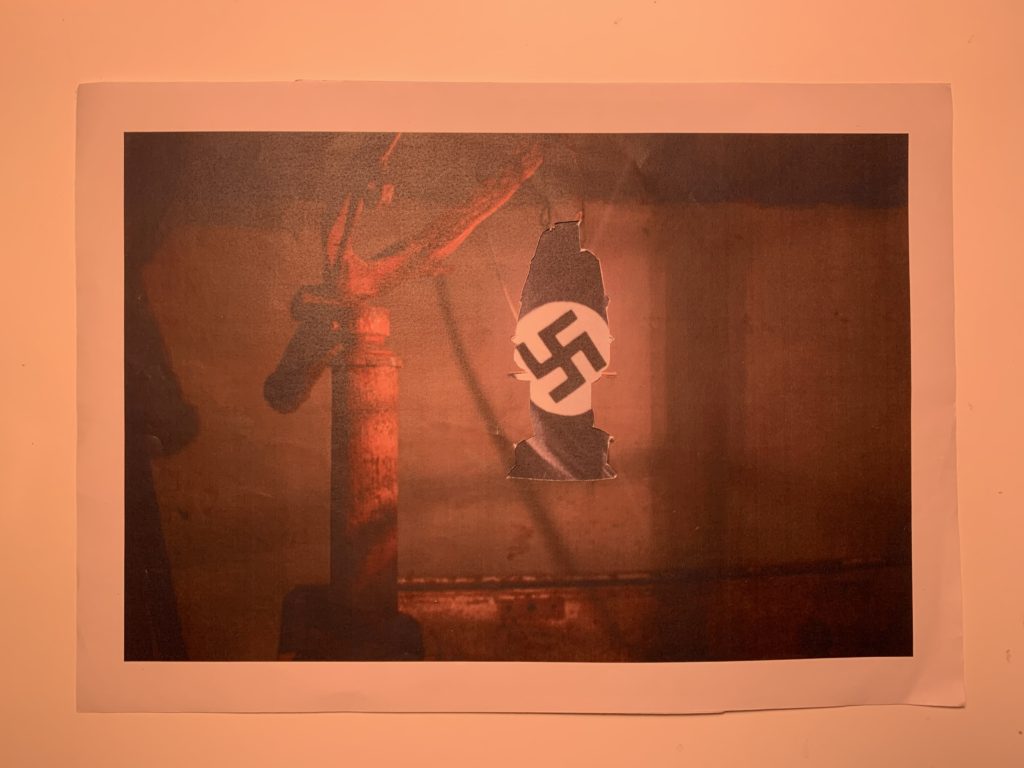
For this image i wanted to highlight the significance of the lamb and add deeper meaning of the Second world War through the lamp and the background image coming through
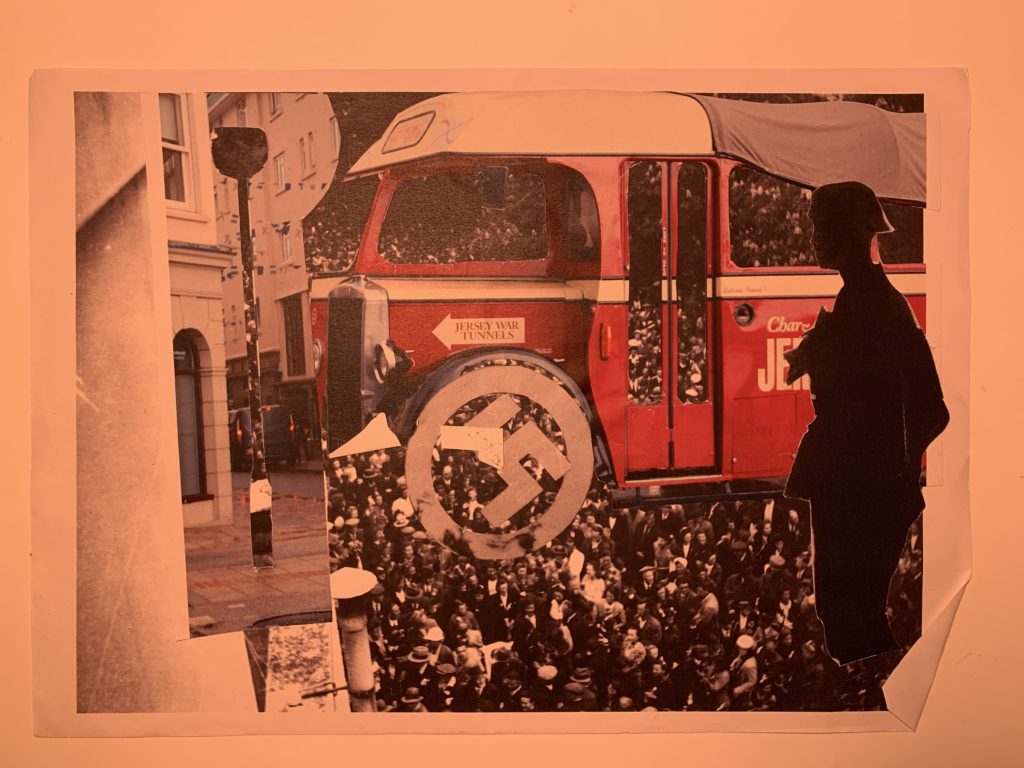
This image consists of multiple images combined together which shows a more chaotic representation which could further add deeper meaning to the time and what was happening and the significance it had on the places and people that were effected by the distraction of the Second World War.

This last piece was one that i had not planed but came together due to through the left overs of my other images, and includes yet again a wide variety of sections and cut outs from different images which helps the idea of deeper meaning and opens opportunities for the view to have their own response and thoughts toward the image- this shows a more individual and unique approach and supports the deeper meaning of all the individuals during the Second World War and all the different experiences that they had during that time


